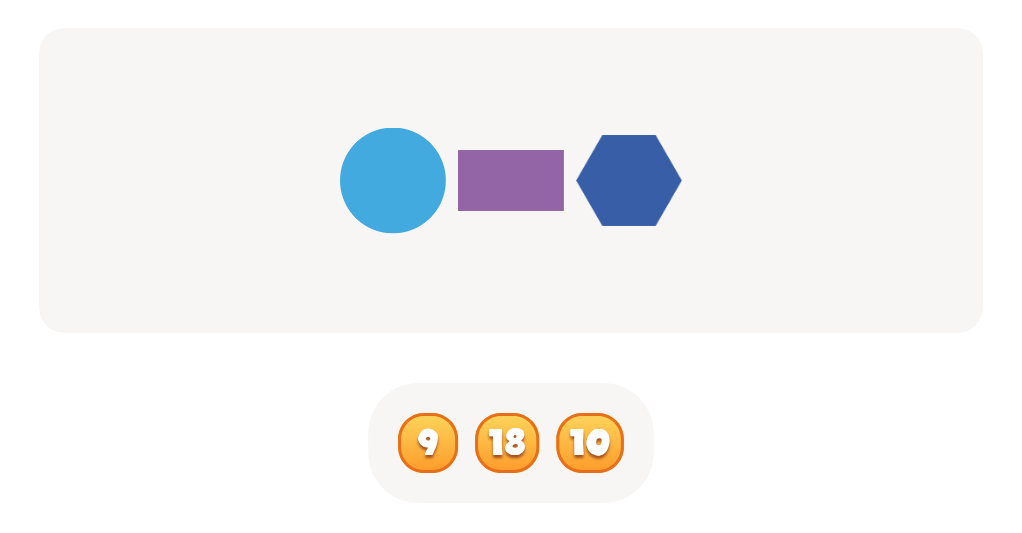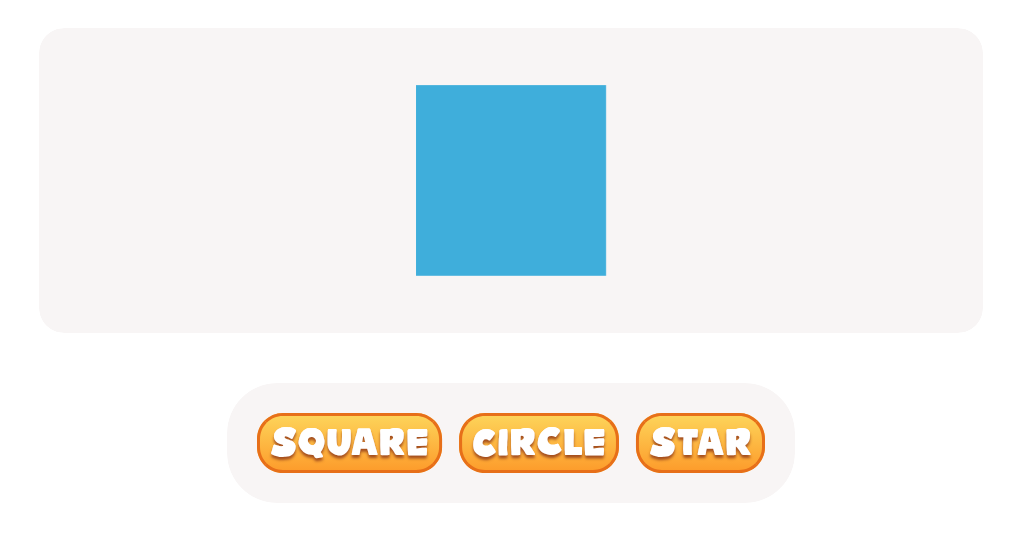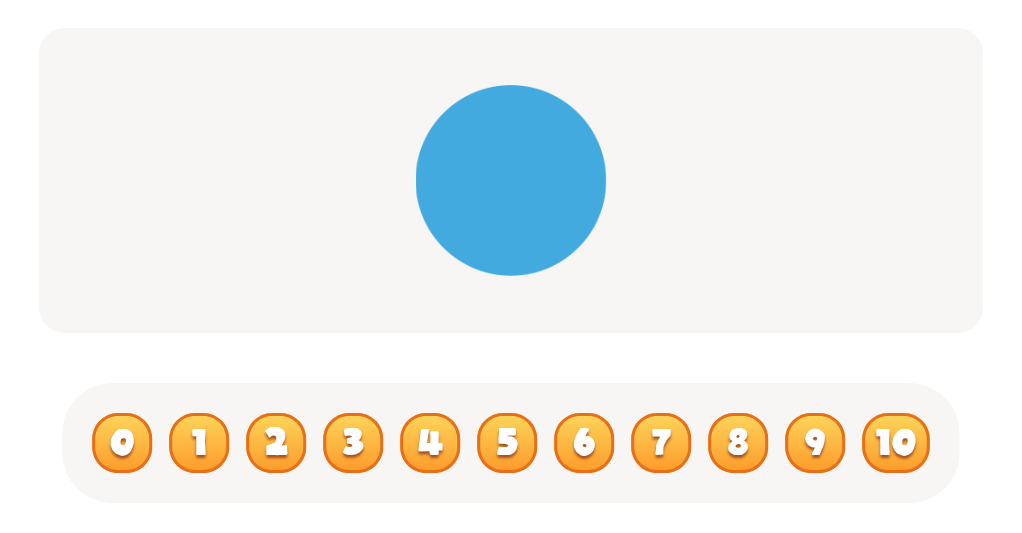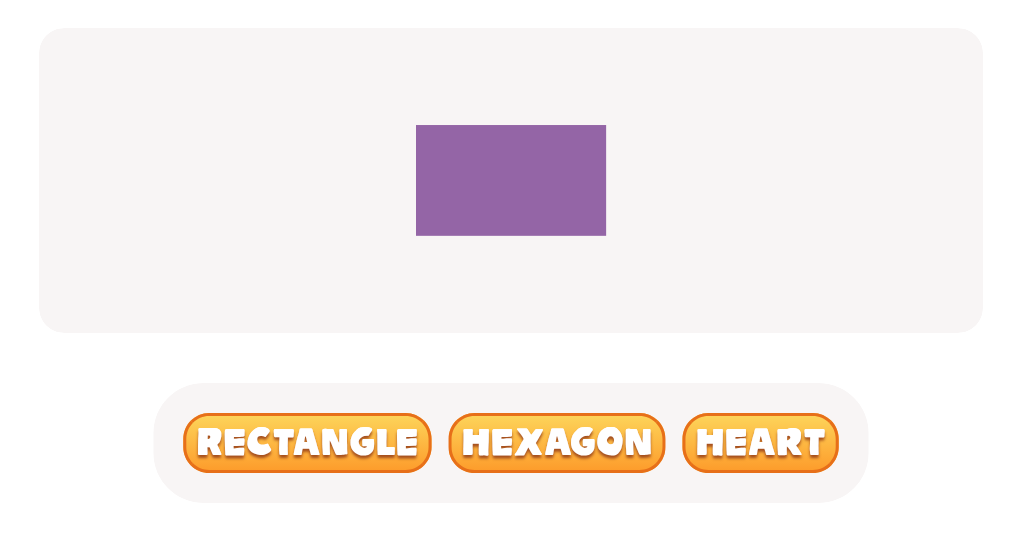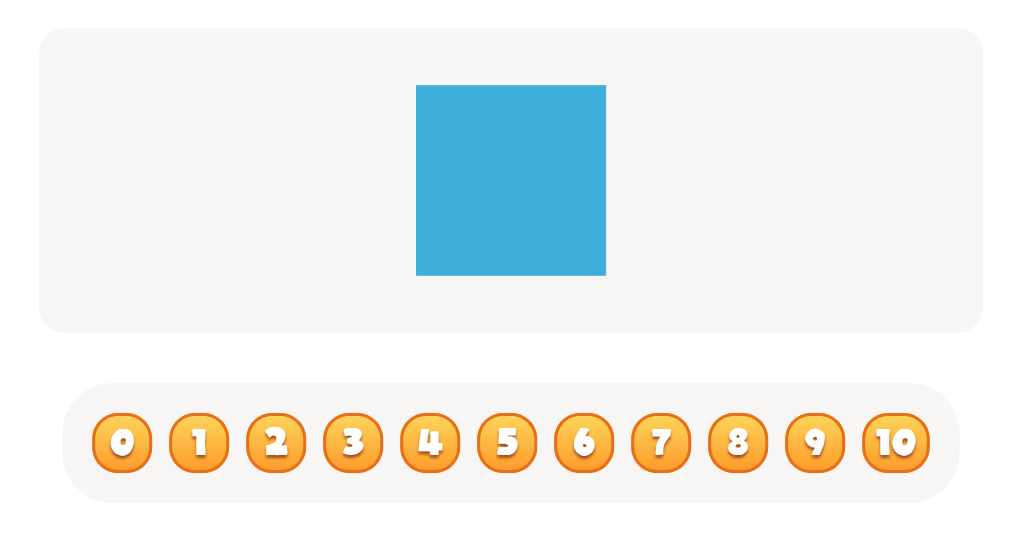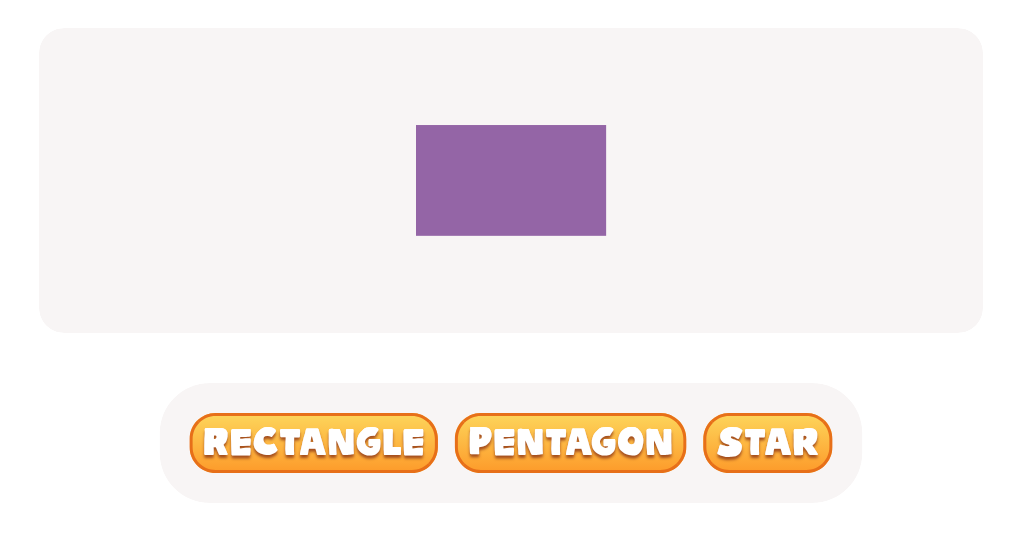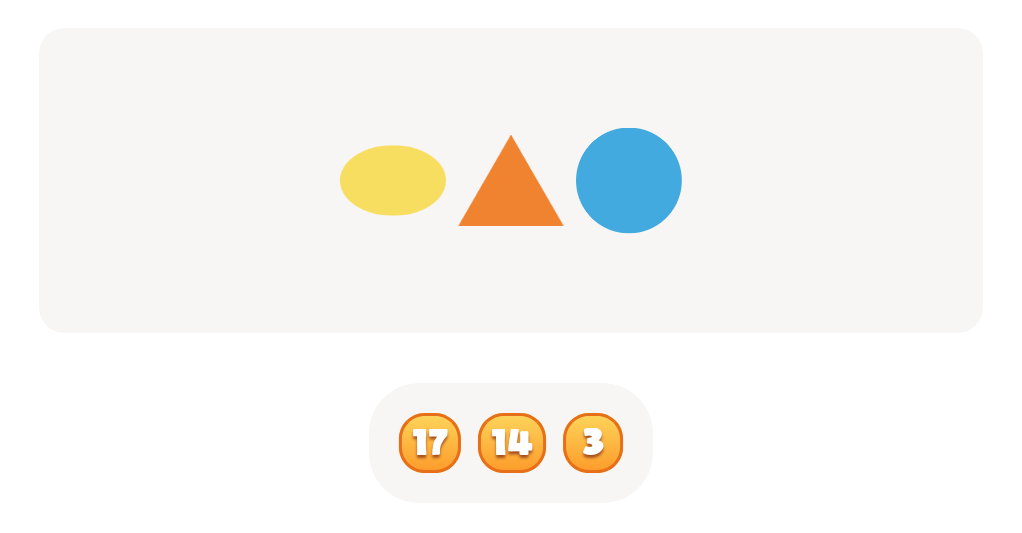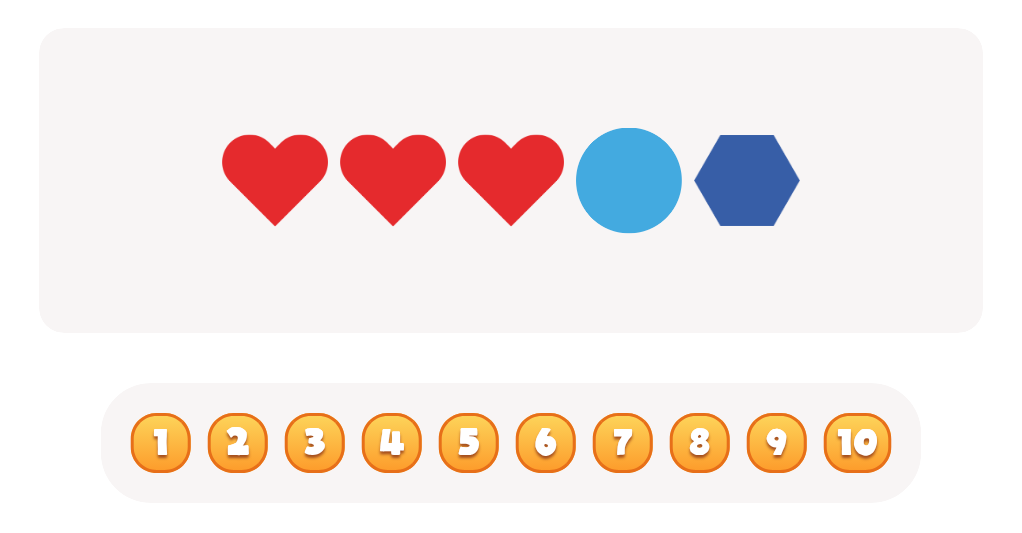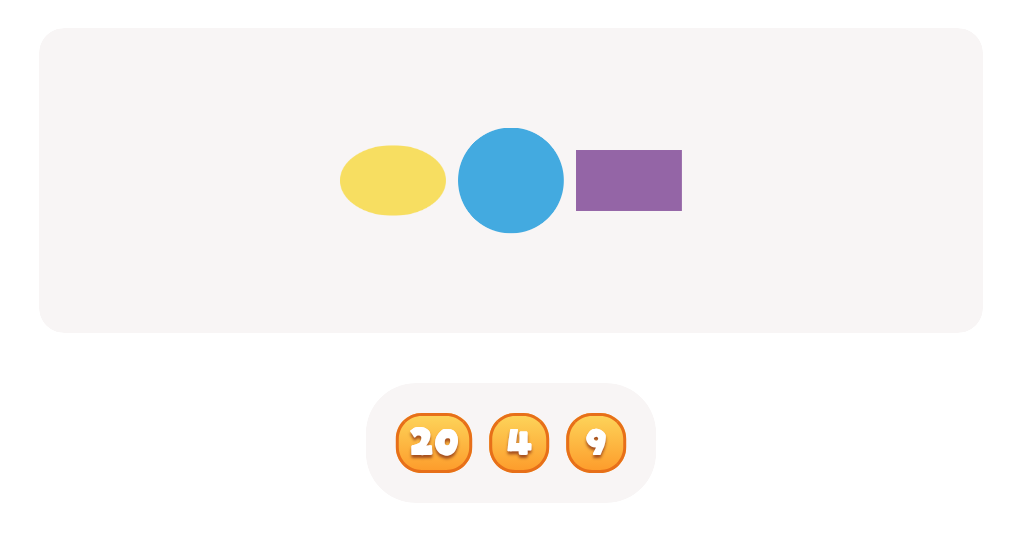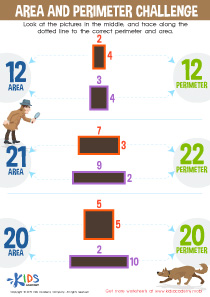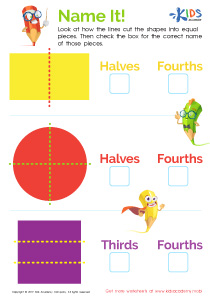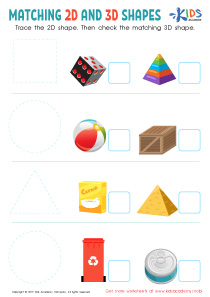Shape identification 2D Shapes Worksheets for Ages 6-8
9 filtered results
-
From - To
Explore our engaging Shape Identification 2D Shapes worksheets, specially designed for children aged 6-8! These interactive resources help young learners recognize, differentiate, and describe essential 2D shapes, including circles, squares, triangles, and rectangles. Featuring fun activities like coloring, matching, and basic shape properties, these worksheets make math enjoyable and accessible. Perfect for classroom use or at-home learning, our shape identification exercises foster critical thinking and enhance spatial awareness. Enhance your child’s educational journey by helping them build a strong foundation in geometry while encouraging creativity and imagination! Download now and watch your child excel in their understanding of shapes!
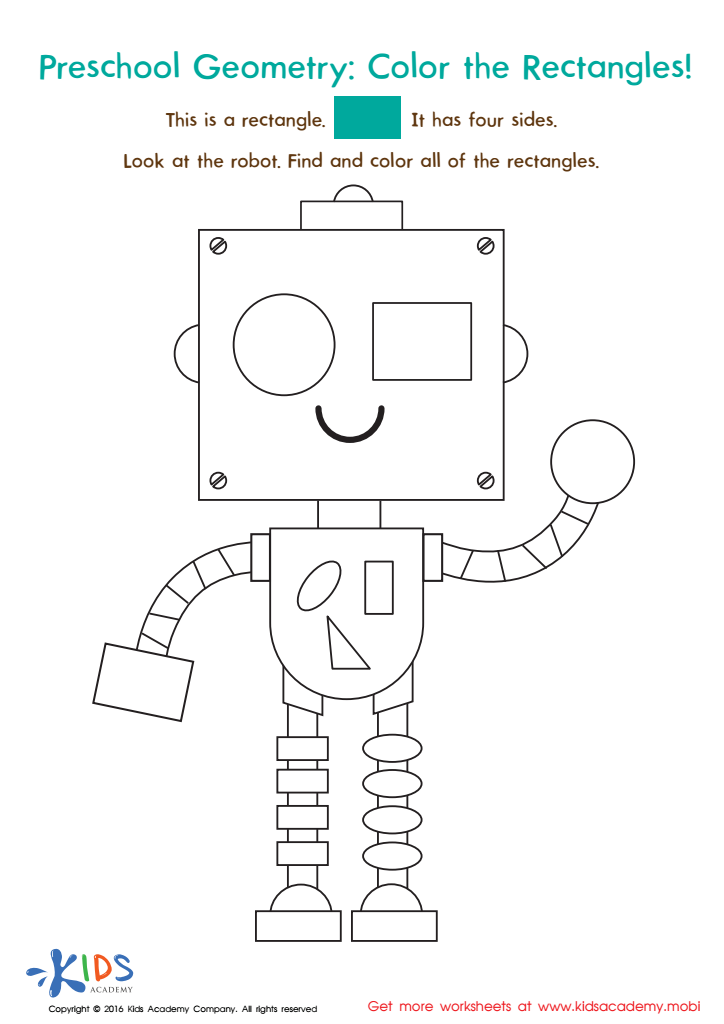

Geometry Worksheet
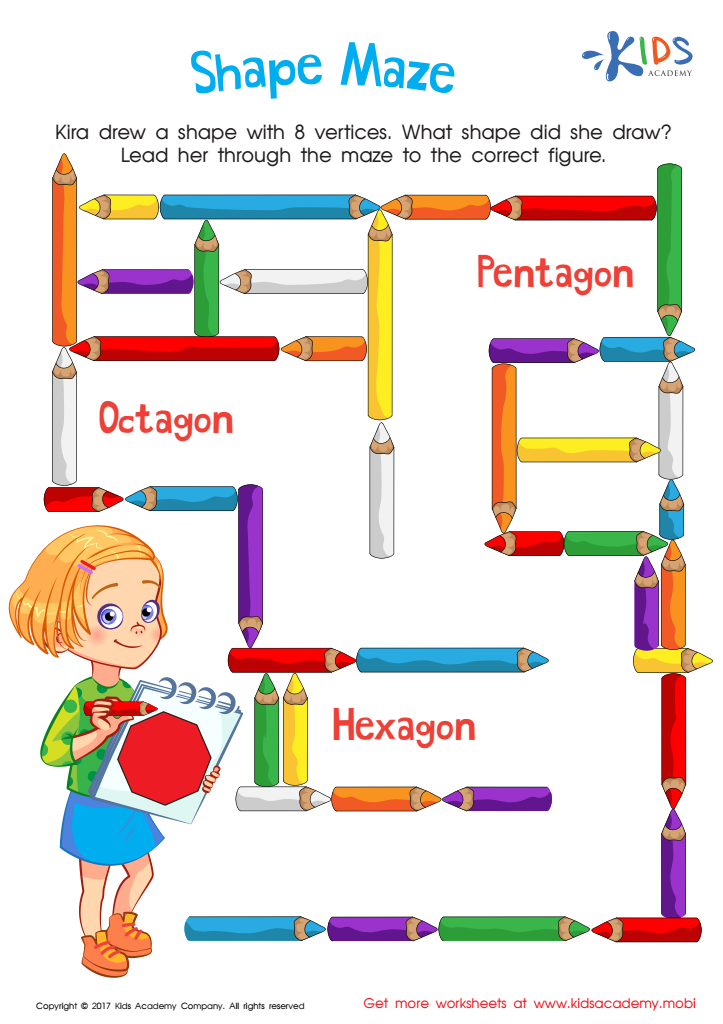

Shape Maze Worksheet
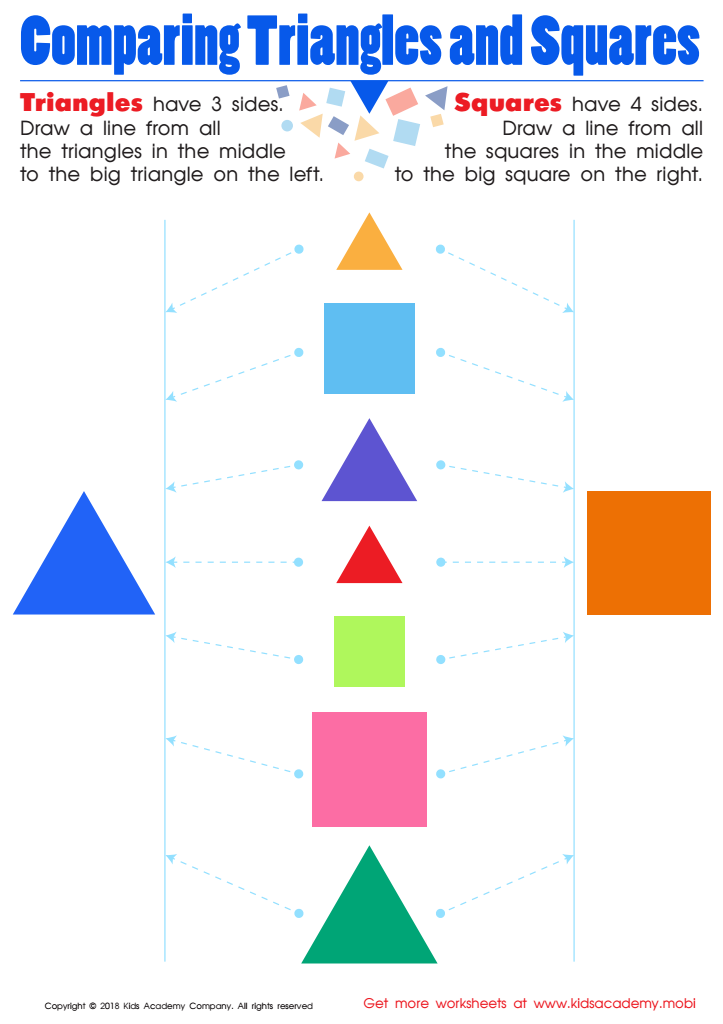

Comparing Triangles Squares Worksheet
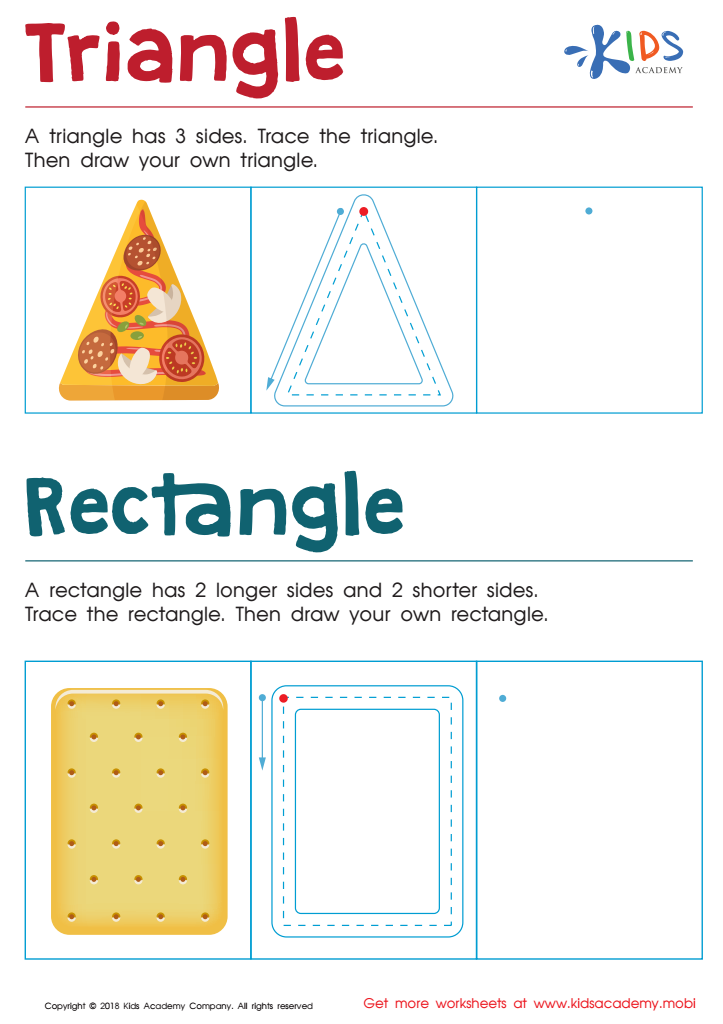

Triangle Rectangle Worksheet
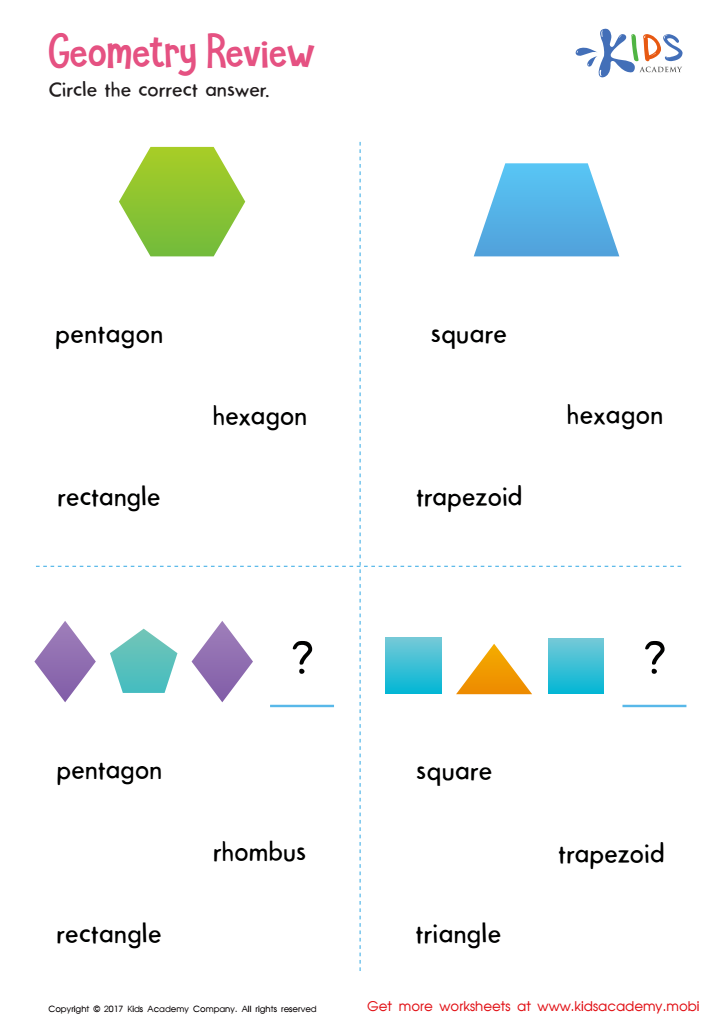

Geometry Review Printable
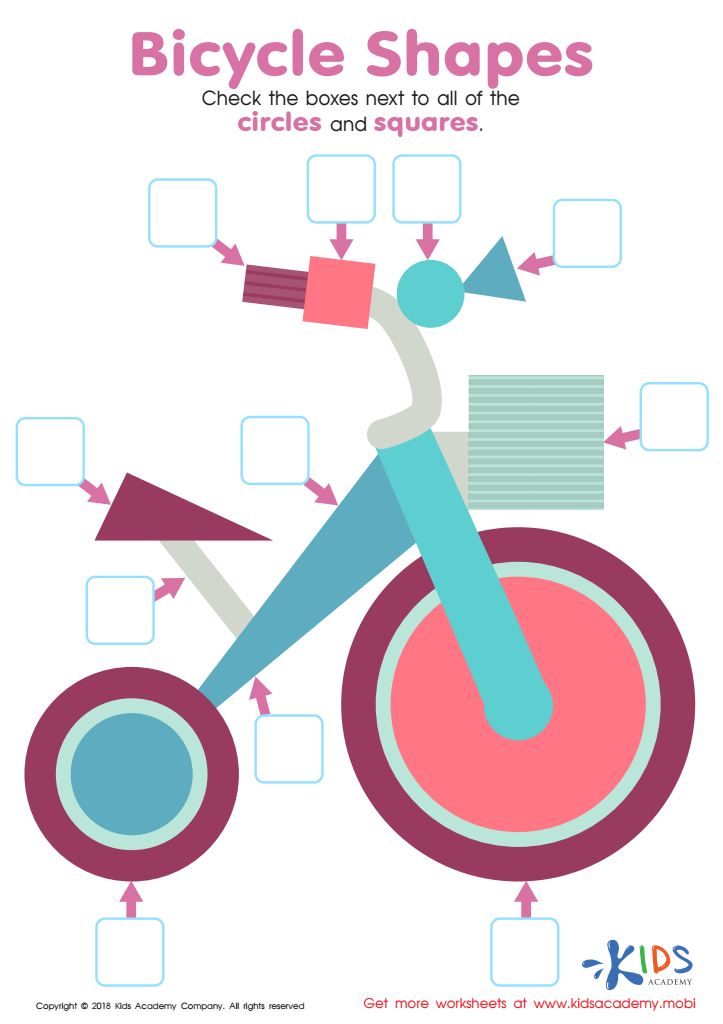

Bicycle Shapes Worksheet
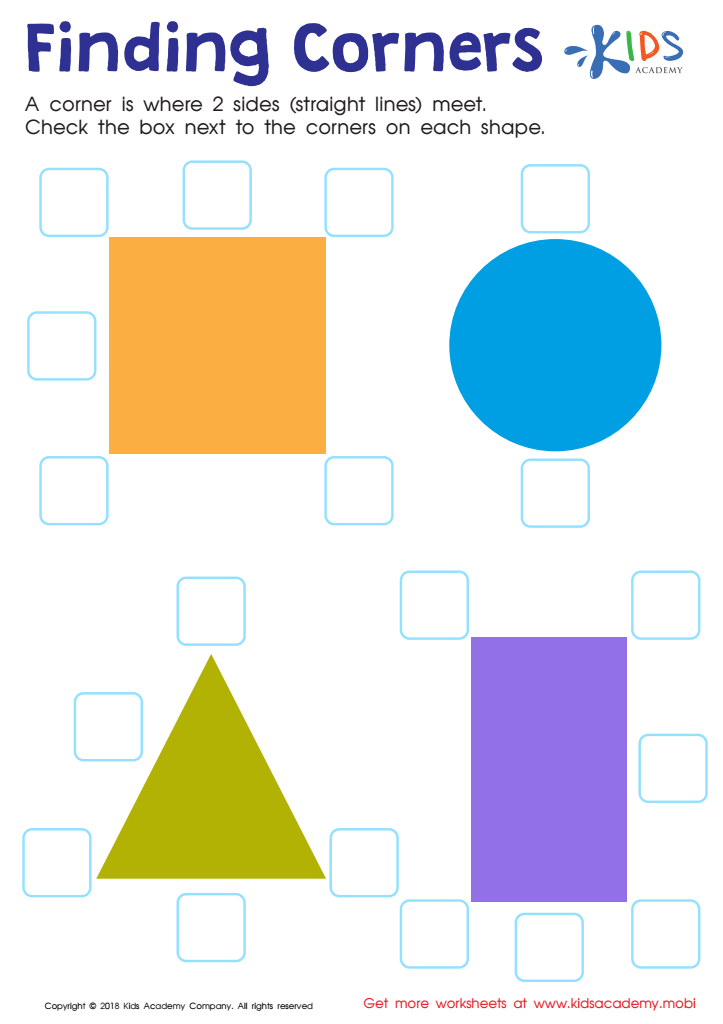

Finding Corners Worksheet


Shapes Worksheet
Shape identification is a fundamental aspect of early childhood education, particularly for children aged 6-8. During this developmental stage, children are honing their spatial reasoning and critical thinking skills, which serve as a foundation for later mathematical concepts and everyday problem-solving.
Understanding 2D shapes—such as circles, squares, triangles, and rectangles—enables children to recognize and categorize objects in their environment. This skill enhances their observational abilities and encourages them to connect mathematics with the real world. Parents and teachers should care about this because early exposure to shape identification fosters cognitive development, aids in literacy through shape-related vocabulary, and promotes fine motor skills through various hands-on activities.
Moreover, shape identification sets the stage for more complex mathematical concepts, such as geometry, measurement, and symmetry, that they will encounter in higher grades. Strengthening this foundational knowledge promotes confidence in their mathematical abilities, encouraging a positive attitude toward learning.
Incorporating playful and interactive methods for shape identification, such as games and crafts, can make the learning process enjoyable and engaging. By investing time and effort into shape identification, parents and teachers can support children’s overall academic success and empower them with skills that extend beyond the classroom.
 Assign to My Students
Assign to My Students
